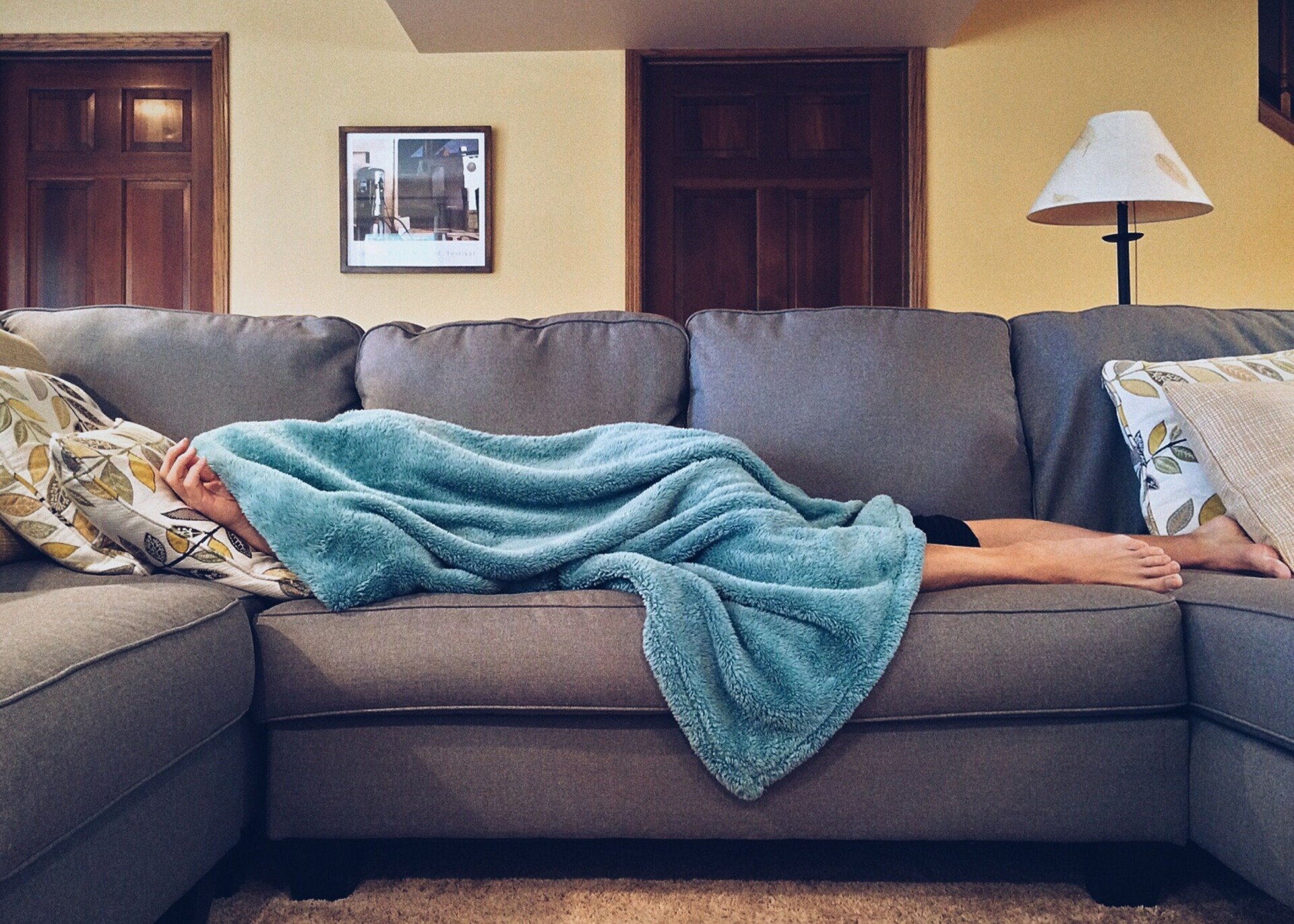
Result
Only around one in three Germans take a nap at least once a week. One in two rests at least once a month, while almost half rarely or never allow themselves the time for a nap. Middle-aged people, regardless of whether they are single, live together as a couple or have children, are less likely to lie down on the sofa than young adults or older Germans. Within the occupational groups, labourers and housewives are most likely to take a nap at lunchtime, while this is less common among employees, civil servants and the self-employed. Contrary to practice, however, 93 per cent say they enjoy an afternoon nap.
Reasons
The midday nap has a long history and is widespread in many cultures. Even in ancient and medieval times, people took a physical and mental rest to recover from physical labour. In many Mediterranean, Oriental, Latin and South American countries, the midday nap is still an important part of daily life today. It is also common in Asia and is considered a sign of hard work in Japan, for example.
In Germany, people lie down less often at lunchtime. For many, the midday nap is still considered dispensable and is associated with a waste of time, luxury, laziness and indolence. The German work culture is also still more orientated towards continuity and the break at lunchtime should be used for a warm meal.
There are many good reasons for taking a nap during the day. The body recovers, the muscles relax and the brain has the opportunity to rest, process impressions and recharge its batteries. After a nap, cognitive functions and your own performance are correspondingly higher again. Studies have also shown that creativity, the ability to concentrate and remember increase and that individual well-being, mood and mood are improved as a result. An afternoon nap also promotes health in general, reducing the risk of diabetes, obesity, heart disease and strokes.
Forecast
In Germany, too, people will in future take more time out at lunchtime to lie down. The main reason for this will be companies recognising the benefits of naps and promoting them in the workplace, as they increase productivity, health and employee satisfaction. Accordingly, nap rooms and flexible working hours will give employees the opportunity to take a nap at home or on site.
P.S. Incidentally, the best time for a nap is around midday and not in the afternoon. And the best duration is no more than half an hour, as otherwise the feeling of tiredness and fatigue increases (again).


